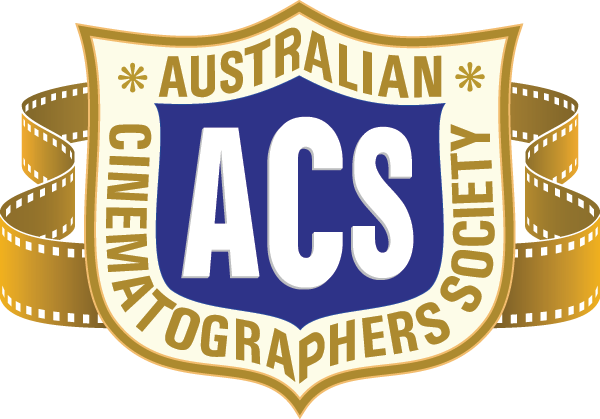4K OPTICS DEFINED DURING FIRST-EVER FUJIFILM 4K DAY

FUJINON 4K OPTICS DEFINED
SYDNEY, 27 August 2015 – It was standing room only at the recent FUJIFILM 4K Day held at the Digital Motion Picture Centre (DMPC) earlier this month, with attendees eager to discover what makes a 4K lens truly 4K. The crowd – a cross section of DPs, engineers, company executives, TV and film rental house personnel – got to see the much buzzed about 4K PL-mount Cine-Style and Ultra HD lenses for 2/3-inch broadcast cameras operating side by side and participate in a Q&A following detailed presentations by FUJIFILM executives about the nature of 4K optics.

Ten 4K FUJINON zoom lenses were on display throughout the day, a mixture of 25-300mm Cabrio (ZK-12-25) PL mount cine lenses, UA80x9 4K Ultra HD field lenses for 2/3-inch broadcast cameras, and UA22x8 4K Ultra HD portable zoom lenses for 2/3-inch broadcast cameras. The 25-300mm Cabrio was shown in both Cine and Broadcast style on a Sony F55 broadcast studio camera. The UA80x9 and UA22x8 lenses were shown on Sony HDC-4300 4K broadcast studio cameras.
“Up until now, our 4K customers have been mainly in digital cinematography, but the introduction of our 4K UHD 2/3-inch lenses has widened our 4K clientele to include the broadcast and video production markets,” said Gordon Tubbs, Vice President, FUJIFILM Optical Devices Division. “We wanted an event where we could show our PL mount and Ultra HD lenses together and take the time to demonstrate what we at FUJIFILM mean by 4K in optics.”
FUJIFILM has three design goals each 4K lens must meet: high 4K resolution, high dynamic range (HDR), and high contrast – each equally important: “We also firmly believe a 4K lens is not just 4K in the centre but extends to the outer edge of the image,” said Tubbs.
Presentations were held that addressed the electronic and mechanical designs, specialised HT-EBC (High Transmittance Electron Beam) coatings used to achieve true 4K optical quality. Tubbs pointed to the company’s adoption of a new mechanical design, originally developed for the Cine-Style lenses, to move the focus and zoom glass.
“Part of reaching 4K is the precision of the movement of the glass,” explained Tubbs. “It’s also the type of glass chosen for a specific requirement, and each lens is different. It’s about the choice of glass material, how much glass and the placement of the glass.”
With 16-bit encoders in the zoom and focus controllers as well as in the lens itself, the interaction between the controllers and the lens provides a greater level of precision than was possible previously. As the electronic movement becomes more precise, so does the creation of the lens.
Additionally, FUJIFILM’s IS-mini Rack 4K image processing system used for on-set camera preview and monitor calibration adjustment for film shoots was shown on a Sony F55 4K CineAlta camera at the open house. Product specialists were on hand to discuss the company’s approach for accurate ACES colour management workflows, from on-set grading to final delivery.

